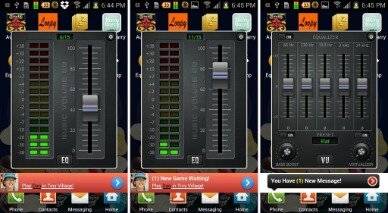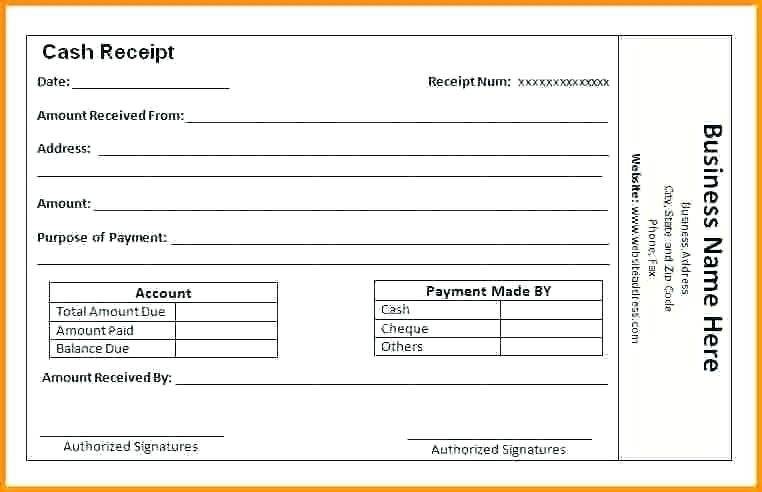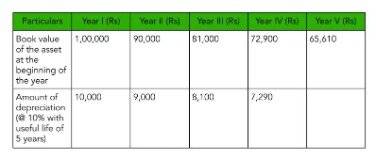
We considered how easy it is to use each software, whether you get unlimited invoices and clients and payment types. All of the best billing software let you accept payments online, whether through a proprietary payment processor or through a third-party company. Some offer ways for you to accept payments in person, which is important for product-based companies, as is inventory management. Forbes Advisor found the most affordable (and free) options that rank highly in value, features and tools, making them the best billing software solutions available. Whether you run a service-based business or a brick-and-mortar company, you can choose the one that works best for your type of business.
This action reset my soft limit, but I still needed to create a new API key to resolve the issue completely. Managing varied types of billing without an billing platform can get out of hand pretty quickly, as in the case of Immigrant Law Group PC of Portland, Oregon. Think about the current and desired complexity of your billing process before moving forward with any platform. For my business, one of the headaches was managing both stocks and expenses.
Sage Business Cloud Accounting
Using our invoice generating software, you can customize your invoices to fit your industry and begin sending them to several customers at once. When making a one-time sale, people prefer to use cash instead of using a bank card, which means they pay at the moment of purchase and delivery of the products or services. Customers get them practically immediately after they pay for products and services. As we are clear that billing and invoicing are two different terms – here is a comparison of billing vs invoice. And keep in mind that whether you use a bill or invoice – accounting software will always help you to get paid faster.

Once the payment is received, the invoice is marked as paid in the business’s accounting system. If the payment is not received by the due date, the business may send reminders or follow up with the customer to collect the payment. One-time billing is a payment model where a customer is charged for a product or service only once. In one-time billing, the customer provides payment information, and the payment is processed for the specific amount due.
Accounting and Billing: What’s the Difference?
This prompts staff to send payment reminders for customers with an impending due date. It’s in your best interest to provide customers with flexibility in the payment methods you accept. A good payment process will help you manage and accept business-to-business (B2B) payments to streamline operations with your vendors and suppliers. Other key data you’ll want to enter into your billing system is product and service information. Depending on your business, this might include prices, quantities, descriptions, and discounts. Usability should be a major feature to look for when you’re evaluating different billing solutions.

Invoice billing is a method of billing where a seller sends a document (the invoice) to a buyer with a detailed description of goods or services provided and the amount owed. It’s like a friendly reminder from a friend that you owe them money, except it’s a business and they mean business. What’s more, it also provides convenience and flexibility to customers, as they don’t have to manually make payments every time a service or product is delivered. This can help improve customer satisfaction and loyalty, leading to long-term customer relationships. Once the above data has been collected, reviewed and confirmed, it’s used to create an invoice. Many businesses use a bespoke invoice template, with their logo and brand colours.
QuickBooks
Zoho Invoice is free billing software that includes many tools you may need to help you run a service-based business. You can track projects and billable hours in the software, send estimates and create custom invoices from approved estimates or projects. There’s a built-in client portal to make it easy to communicate with your customers and get approval for billing.
- Discover the importance of accurate billing processes and the impact it has on overall financial management.
- The records created through the billing process include details of when goods or services have been sold, who they were sold to and how much for.
- It also automates many manual aspects of the billing process—saving you time and resources.
- When she’s not trying out the latest tech or travel blogging with her family, you can find her curling up with a good novel.
- Plus, get automatic accounting reports, receive guided workflows and set it up in five minutes.
- For more advice on sending invoices and tips on how to get paid on time, head over to our guide on how to send an invoice.
Even if products and services are paid for promptly, an invoice is almost always utilized in B2B transactions. As a result, accounting procedures are made easier by the use of formalized invoices. When you’re setting up your billing system, you’ll need to enter important details like customer or client names, billing addresses, and terms of payment. Besides customer info, you’ll also want to record and verify information about third-party payers like insurance companies. Smart accounting systems allow you to enter and verify this kind of information. With hourly billing, a business bills customers based on the number of hours worked each day, week, or month.
Customer communication and support
In summary, billing in accounting is a critical function that goes beyond mere invoicing. It is instrumental in revenue generation, financial tracking, customer satisfaction, cash flow management, compliance, and operational efficiency. By prioritizing accurate and timely billing, businesses can maintain financial stability and drive growth. Accounting software programs enable users to document financial transactions. They serve as a system of record, and can be used for tax liability, shareholder reporting, and business analysis.
It’s a simpler and more straightforward way to pay for a product or service, without any surprises or hidden fees. Billing helps any business that sells goods to keep track of how much inventory they have available how to close a business for sale and if each individual order has been fulfilled or not. Once it’s been gathered, this information can also be used for future planning, as it reveals sales patterns and the popularity of specific items.
Purchase Silver Plan
On the other hand, a billing system should be used when you need to issue invoices and collect payments from customers. A billing process is also useful for tracking customer information, such as contact details and purchase history. On the other hand, billing is the process of issuing invoices to customers and recording payments. The goal of the billing process is to ensure that customers are billed correctly and that payments are collected on time. Xero is first and foremost an accounting software, but its lower-priced plans give you enough of what a smaller business would need for an invoicing solution.